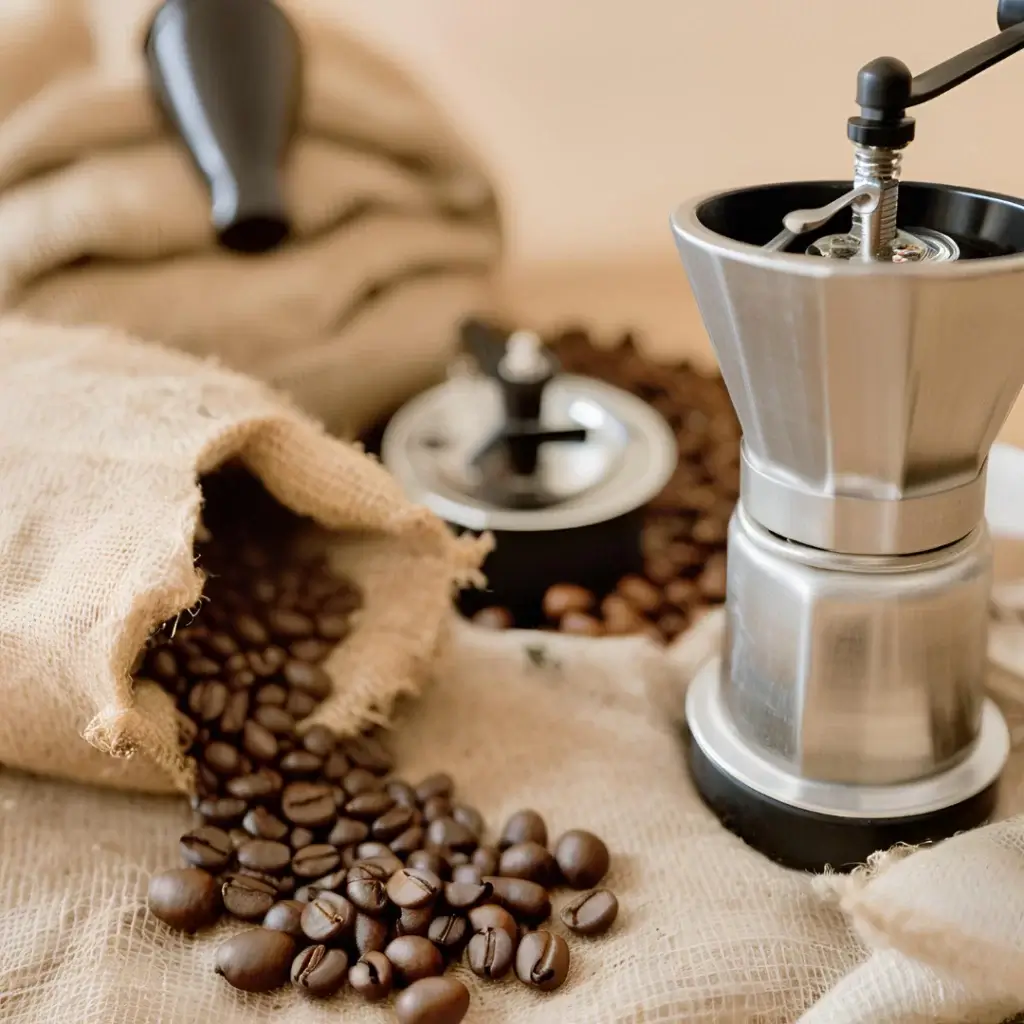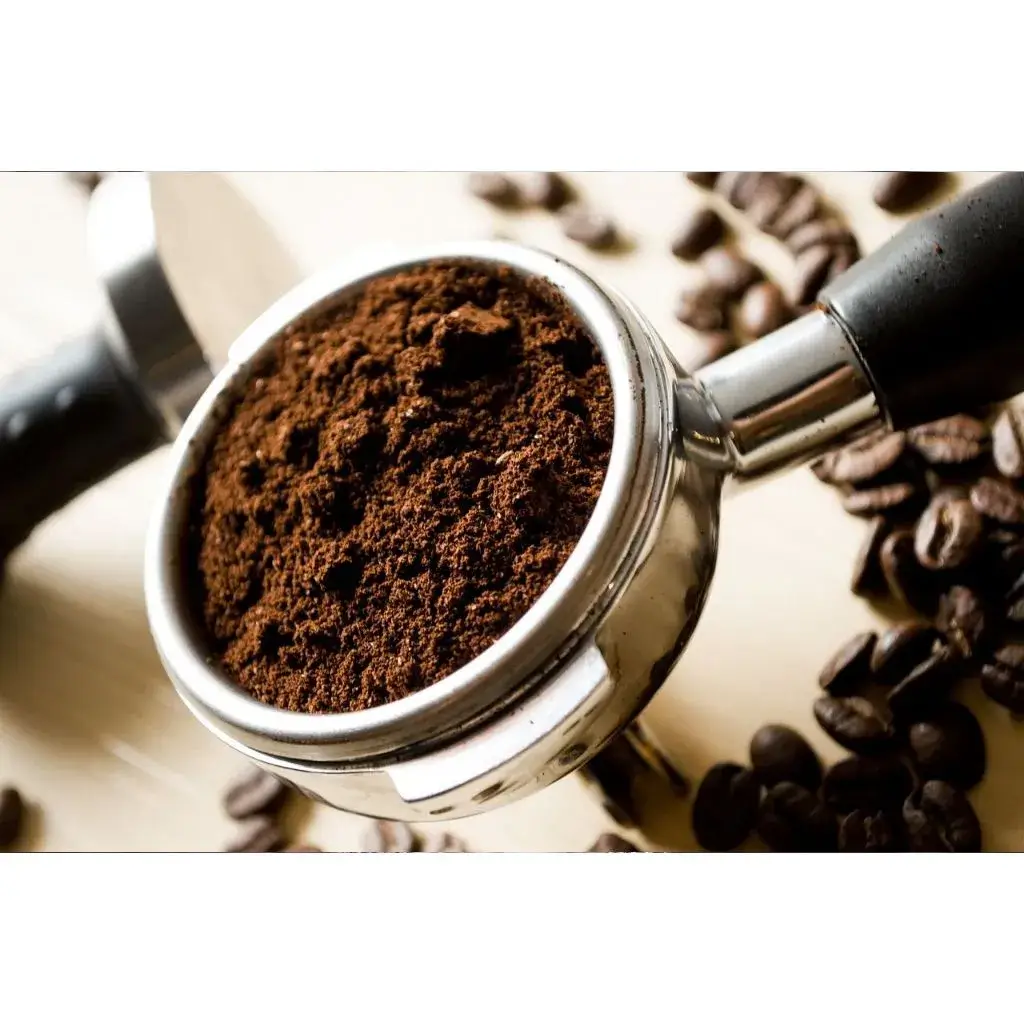One of the most crucial steps in this process is grinding, a task that can make all the difference in the flavor and quality of your coffee. Grinding your own coffee beans may seem like a daunting task, but with the right techniques and tools, it’s a simple process that can elevate your coffee game to new heights.
Why Should You Grind Your Own Coffee Beans?
When you grind your own coffee beans, you unlock the full potential of the coffee’s flavor and aroma. Pre-ground coffee can sit on a shelf for weeks or even months, losing its flavor and vitality with each passing day. But when you grind your own beans, you’re guaranteed a fresh and vibrant cup every time. Plus, grinding your own beans allows you to tailor the grind to your specific brewing method, whether it’s a French press, drip coffee, or espresso. This means you can experiment with different roasts, brewing methods, and flavor profiles to find your perfect cup. And let’s not forget the ritual of it all – the satisfying sound of the beans grinding, the aroma that fills the air, and the sense of satisfaction that comes with creating something truly special.
Types of Coffee Grinders
When it comes to grinding coffee beans, the type of coffee grinder you use can make all the difference in the flavor and quality of your brew. There are two main types of coffee grinders: blade grinders and burr grinders. Blade grinders use a spinning metal blade to chop coffee beans into the ground. Burr grinders crush beans between a moving grind wheel and a non-moving surface. Burr grinders offer more precise control over grind size, resulting in a more consistent grind. Blade grinders are more affordable but can produce uneven grounds. Choosing the right type of grinder depends on personal preference and brewing method.
Blade Grinders or Burr Grinders?
Blade grinders, which use spinning blades to chop the beans, are a popular and affordable option, but they can generate heat, which can damage the beans and result in a bitter taste. Burr grinders, on the other hand, use two abrasive surfaces to crush the beans, producing a more consistent grind and a more flavorful cup. Within the burr grinder category, there are two sub-types: wheel burr grinders, which are fast and convenient, but can be noisy and produce a slight static charge, and conical burr grinders, which are slower and more precise, but produce a more nuanced flavor. Another option is grinding coffee beans in blender.
Pros and Cons of Blade and Burr Grinders
Blade grinders are more budget-friendly but may produce inconsistent grind sizes. Burr grinders offer precision and control over grind size, ideal for espresso. Blades can heat up and potentially alter the coffee’s flavor. Burr grinders operate at a slower speed, preserving the beans’ aroma and flavor. While blade grinders are easy to find and use, burr grinders provide a more professional grinding experience for coffee enthusiasts.

Grinding Techniques
Best way to grind coffee beans to shake the grinder gently during operation. This helps distribute the beans evenly for uniform grinding. Additionally, adjusting the grinder settings based on the desired grind size is crucial for optimal results. Moreover, using a timer to ensure the same grinding duration each time can help maintain consistency in the coffee grounds. By following these techniques, coffee enthusiasts can enjoy a well-ground coffee for their brewing method of choice.
Adjusting Grind Size for Different Coffee Drinks
For different coffee drinks, the grind size plays a crucial role in determining the flavor and strength of the brew. Finer grinds are ideal for espresso, providing a concentrated and intense flavor. Medium grinds work well for pour-over and drip coffee, balancing flavor with extraction time. Coarser grinds are perfect for French press or cold brew, allowing for a longer steeping process. By adjusting the grind size based on the brewing method, coffee enthusiasts can tailor their drinks to suit their preferences.
How to Grind Coffee Beans: A Step-by-Step Guide
The art of grinding coffee beans is a crucial step in the coffee-making process, and it’s an essential skill to master for any coffee enthusiast. With the right grind, you can unlock the full flavor and aroma of your coffee, and transform your morning cup into a truly exceptional experience.
The perfect grind – it’s the holy grail of coffee enthusiasts everywhere. But achieving it can be a delicate balance of art and science. To get the most out of your freshly roasted coffee beans, you’ll want to pay attention to a few key factors. First, consider the type of coffee you’re brewing. A French press, for example, requires a coarse grind, while an espresso demands a fine, powdery grind. Also you should think about the equipment you’re using. A burr grinder will always yield a more consistent grind than a blade grinder, and will help prevent those pesky coffee dust particles from getting in the way.
How To Grind Coffee Beans At Home?
To grind coffee beans at home, you will need a grinder, which can be manual or electric. For manual grinding, a hand grinder or a mortar and pestle can be used. A reliable electric grinder is essential for convenience and efficiency. Additionally, having a scale to measure coffee beans accurately and a coffee scoop for consistent portions is helpful. Fresh whole coffee beans of your choice are the main ingredient required for a delicious cup of coffee.
How to Preserve Freshly Ground Coffee
Once coffee beans are ground, it is essential to store the freshly ground coffee properly to maintain its flavor. The best way to preserve freshly ground coffee is to store it in an airtight container. Avoid exposure to air, light, heat, and moisture, as these elements can cause the coffee to lose its freshness. It is recommended to store the ground coffee in a cool, dark place, away from direct sunlight and heat sources.
